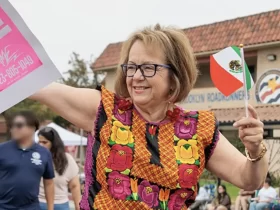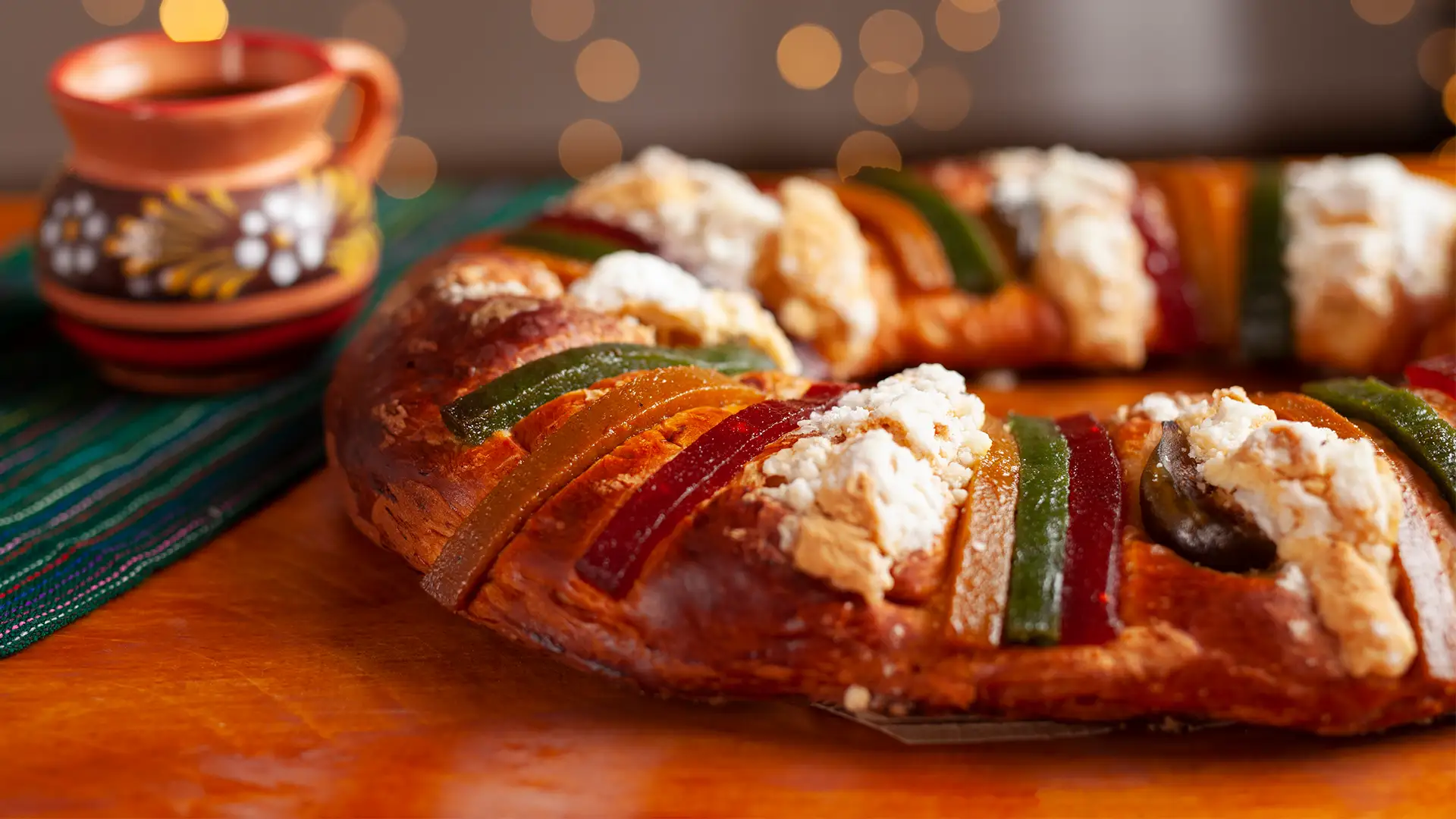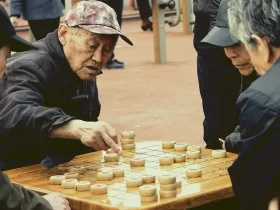By La Revista Binacional
Three Kings Day, also known as Epiphany, is a Christian celebration commemorating the visit of the Three Wise Men or Wise Men to the birthplace of Jesus. This holiday takes place on January 6, which marks the twelfth day after Christmas.
The story of the Magi is told in the Gospel of Matthew in the Bible. According to Christian tradition, the Magi, named Melchior, Gaspar and Balthazar, followed a star to meet the newborn Jesus and brought him symbolic gifts: gold, frankincense and myrrh. These gifts represent Jesus’ royalty, his divinity and his future death.
The word “Epiphany” comes from Greek and means “manifestation” or “revelation”. The celebration highlights the recognition of Jesus as the Messiah by the Gentiles, symbolized by the arrival of the Magi from the East, who were not Jews.
It is customary to break a special bread on February 6 (the day the Magi visit Jesus), a wheel-shaped treat symbolizing eternal love and decorated with sugar and nuts, with a plastic doll hidden inside.
It is customary to break a special bread on February 6 (the day the Three Wise Men visit Jesus), a wheel-shaped treat symbolizing eternal love and decorated with sugar and nuts, with a little plastic doll hidden inside.
Tradition has it that the doll represents a child (in this case Jesus) and is “hidden” inside the bread. At that time, Herod had ordered to kill the children who were being born because he did not want Jesus to live (since he was the promised king). The Magi find him and give him gifts.
The family gets together and breaks the donut. The person or family that finds the doll inside their piece has to have a party on February 2, the day of La Candelaria. It is usually celebrated with tamales and hot chocolate.
In some regions, parades and public events are also held to commemorate the arrival of the Three Kings. In general, Three Kings Day is a holiday full of religious and cultural significance in many parts of the world, especially in Spanish-speaking communities.
Here are some fun facts about the Rosca de Reyes!
Shape and Symbolism: The Rosca de Reyes has a circular shape to represent the crown of the Three Kings. In addition, inside the donut, a figurine symbolizing the Baby Jesus is hidden. Those who find the figurine in their portion must organize a celebration known as the “Candelaria” on February 2.
Religious Tradition: The Rosca de Reyes is part of the religious celebration of Three Kings Day, which commemorates the arrival of the Three Kings at the birthplace of Jesus. This holiday is celebrated on January 6, marking the end of the Christmas season.
Varieties of Fillings: Although the classic recipe usually contains crystallized fruits and sugar decorations, there are many regional and personal variations of the Rosca de Reyes. Some may have fillings such as pastry cream, chocolate, or even fresh fruit.
Family Size: Due to its considerable size, the Rosca de Reyes is usually shared in family gatherings or among friends. The idea is that everyone participates and enjoys the rosca together.
Ancient Origin: The tradition of the Rosca de Reyes has its roots in the Roman celebration of Saturnalia, where rituals were performed in honor of the god Saturn. During these rituals, round, sweet breads were made to symbolize prosperity and good fortune.
World Wide Known: Although the Rosca de Reyes has its roots in Christian and Spanish culture, the tradition has spread to many Spanish-speaking countries, and is now enjoyed in various parts of the world.
I hope you find these fun facts interesting and useful to learn more about the Rosca de Reyes tradition – enjoy this delicious and festive tradition!








































Leave a Reply